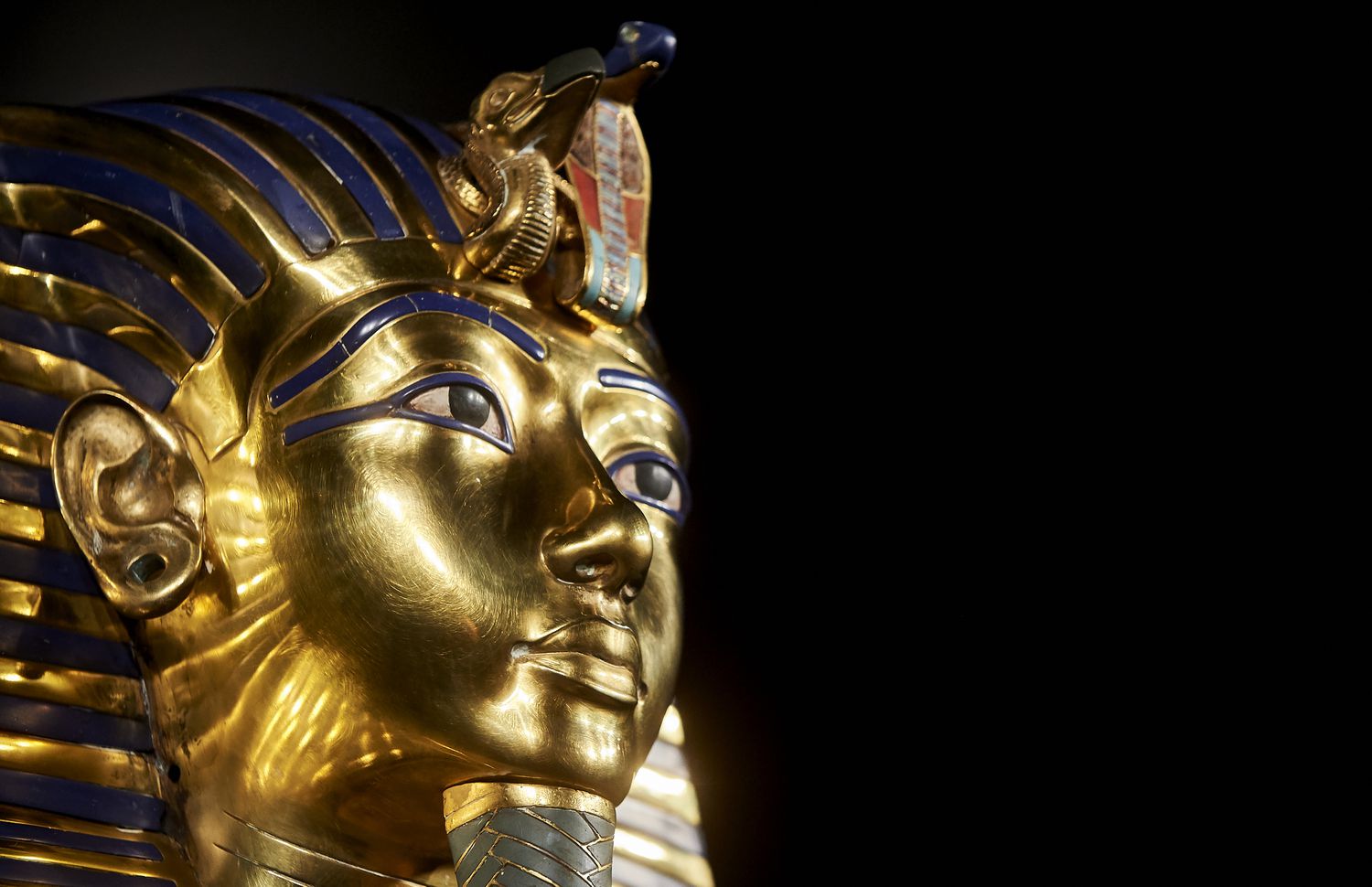
Victory columns, also known as triumphal columns, have been erected throughout history as enduring symbols of triumph, valor, and national pride. These monumental structures stand tall, capturing the essence of victorious moments and serving as reminders of significant historical events. In this blog post, we will explore the origins, design elements, and cultural significance of victory columns, showcasing their importance as architectural and historical landmarks.
- Historical Context and Origins:
Victory columns have a rich history dating back to ancient civilizations. They were often constructed to commemorate military victories, honor heroic leaders, or celebrate the strength and unity of a nation. The earliest known victory column is the Trajan’s Column in Rome, built in the 2nd century AD to commemorate Emperor Trajan’s successful campaigns in Dacia (modern-day Romania).
- Architectural Features and Design:
Victory columns typically exhibit distinctive architectural features that make them instantly recognizable. They often consist of a tall, cylindrical or polygonal shaft, adorned with decorative reliefs, sculptures, and inscriptions that narrate the events or achievements being commemorated. Atop the shaft, a statue or sculpture, often representing a deity or a personification of victory, stands as a crowning glory.
These columns are meticulously designed to draw the viewer’s gaze upward, emphasizing their verticality and imparting a sense of awe and grandeur. The use of architectural elements such as fluted shafts, ornate bases, and intricate detailing further enhances their visual impact.
- Cultural Significance and Symbolism:
Victory columns hold great cultural significance as symbols of national pride, military prowess, and historical achievement. They serve as physical embodiments of a nation’s collective memory and identity, preserving the triumphs and sacrifices of past generations. Victory columns also evoke a sense of unity and patriotism, inspiring awe and admiration for the achievements they represent.
Furthermore, these structures often incorporate symbolic elements. The statues or sculptures atop victory columns, such as the winged Nike of Samothrace or the Roman goddess Victoria, symbolize victory and serve as powerful allegories of the triumphs being commemorated.
- Examples from Around the World:
Victory columns can be found in various parts of the world, each with its own unique historical and cultural context. Some notable examples include:
- The Arc de Triomphe in Paris, France: Standing at the western end of the Champs-Élysées, this iconic monument honors those who fought and died for France in the French Revolutionary and Napoleonic Wars.
- The Nelson’s Column in Trafalgar Square, London: Erected in honor of Admiral Horatio Nelson, this column commemorates his naval victory at the Battle of Trafalgar in 1805.
- The Monumento a la Independencia (Angel of Independence) in Mexico City, Mexico: This soaring victory column symbolizes Mexico’s independence from Spanish colonial rule and has become an iconic landmark of the city.

